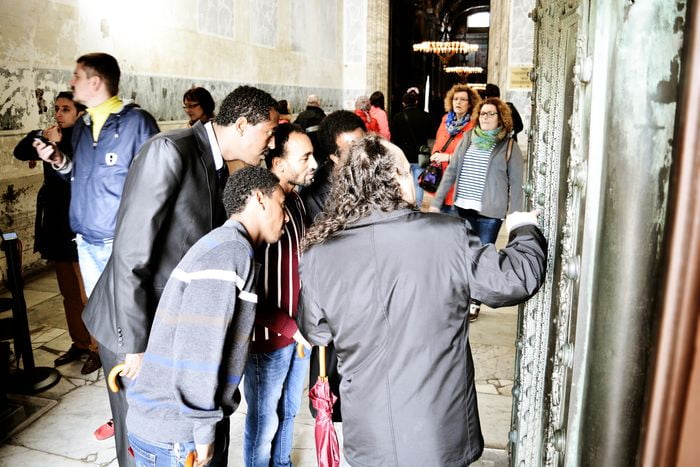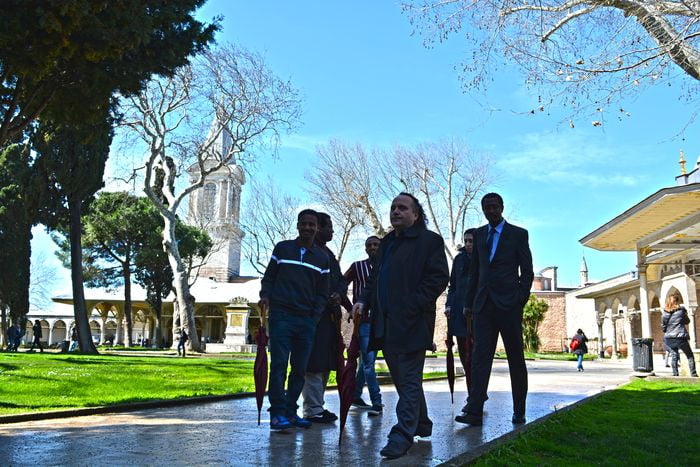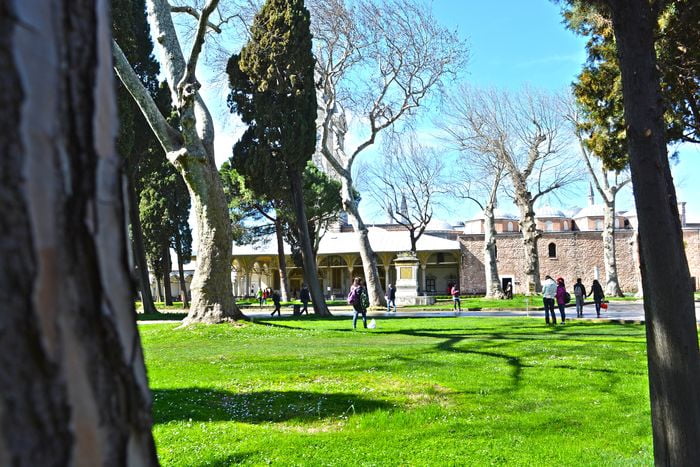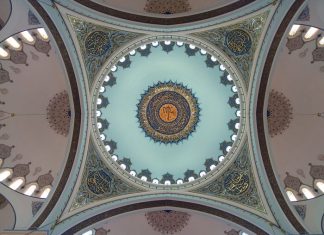Commentary.-Just, then, as “he who does not honour the Son does not honour the Father who sent Him,” (Jn. 5.23) as our Lord says, so he who does not honour the image does not honour the original. Still some one says, “We cannot refuse to honour the image of Christ, but we will not have the saints.” What folly! Listen to what our Lord says to His disciples: “He who receives you receives Me,” (Mt. 10.40) so that the man who does not honour the saints does not honour Christ either.
St John Chrysostom, from his “Commentary on the Epistle to the Hebrews.”
How can what precedes be an image of what follows, as, for instance, Melchisedech of Christ? just in the same way as a sketch would be an outline of the picture. On this account the old law is called a shadow, and the new-the truth and what is to come-certainties. Thus Melchisedech, who represents the law, is a foreshadowing of the picture. The new dispensation is the truth; the picture fully completed shows forth eternity. We might call the old dispensation a type of a type, and the new a type of the things themselves.
From the Spiritual History of Theodore, Bishop of Cyrus. From the “Life of St Simon Stylites.”
It is superfluous to speak of Italy. They say that this man became so well known in the great city of Rome, that small statues were erected to him in all the porticos of workshops, as a certain protection to them, and a guarantee of security.
St Basil, from his “Commentary on Isaias.”
When the devil saw man made after God’s image and likeness, as he could not fight against God, he vented his wickedness on the image of God. In the same way an angry man might stone the King’s image, because he cannot stone the King, striking the wood which bears his likeness.
Commentary.-Thus, every man who honours the image must necessarily honour the original.
Just as the man who shows contempt for the royal image is held to show it for the King himself, so is he convicted of sin who shows contempt for man made after an image.
St Athanasius, from the Hundred Chapters addressed to Antiochus, the Prefect, according to Question and Answer.–Chap. xxxviii.
Answer.-We, who are of the faithful, do not worship images as gods, as the heathens did, God forbid, but we mark our loving desire alone to see the face of the person represented in image. Hence, when it is obliterated, we are wont to throw the image as so much wood into the fire.
Read More about King Solomon of Kentucky part 2








